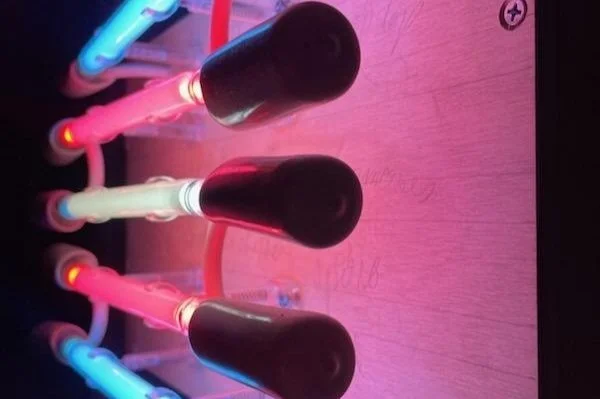Preserving the connections we draw from art.
In neon, burning through the darkness of a gallery after hours, the trans pride flag glows in stasis. On its wood mounting, you can read by its light hand-scribbled notes–reminders, complaints, an inventory–of an experience of transition.
Gilded frames, a mustard yellow chair, the glow of a range hood light in the evening, the shine of golden blonde hair, and a nest of Palo Verde flowers. The spattering of yellow carries you through the fragmented images of the main gallery space as you explore the two-person exhibition, Finding Home.
Of Sound Mind, Alison Auditore’s now-closing exhibition, is a visual testimony about music’s profound impact on the artist – to the synesthete’s delight. Her work gives shape to booming rhythms and flights of melody, intimately sharing what happens within herself when the music takes her.



